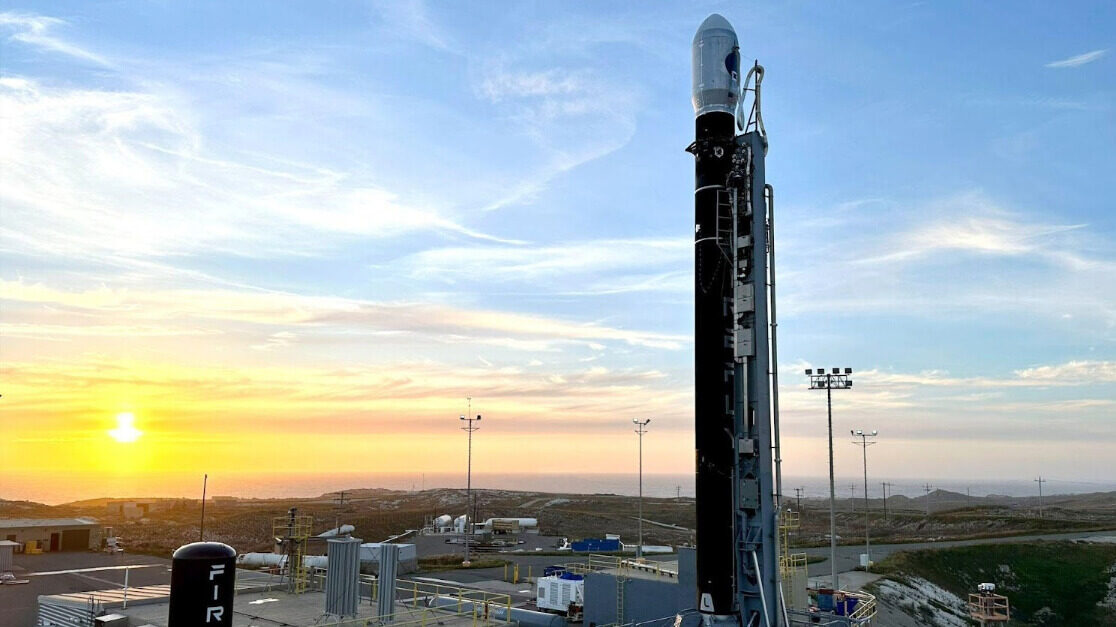THERESA HITCHENS

WASHINGTON — The Space Force and the Pentagon’s Defense Innovation Unit (DIU) today kickstarted a follow-up to the service’s Tactically Responsive Space-3 (TacRS-3) mission to launch a prototype satellite, called Victus Nox, within 24 hours of a “go” order.
The new effort, called Victus Haze and announced today in a call for industry proposals, is being managed by Space Systems Command’s Space Safari program office and is designed not just to very rapidly turn around a launch of a prototype satellite, but also quickly perform an up-close on-orbit inspection of a (simulated) threatening spacecraft. Space Safari was established to directly respond to urgent launch needs of US Space Command and other combatant commands.
“The number and complexity of adversary threats in space is constantly growing. To rapidly respond to those threats, we need to deliver the most advanced TacRS capabilities the U.S. has to offer,” said Lt. Col. MacKenzie Birchenough, Space Safari material leader, in a joint statement with DIU. “VICTUS HAZE will help provide the advantage we need to assess the threats and continue our ability to freely maneuver in space.”
The solicitation comes as the Victus Nox satellite, built by Boeing’s Millennium Space Systems, is awaiting the starting gun to launch to low Earth orbit on a Firefly Aerospace Alpha rocket. Space Safari has been planning to launch by the end of the year, but could spring the notice on the contractors as early as the end of this month.
Victus Haze’s mission parameters are building on those set up for Victus Nox, and keep the 24-hours-after-“go” mandate. “The program includes the logistics, ground segment, launch service, on-orbit operations, and spacecraft bus; which is the main body and structural component of a satellite or spacecraft that holds the payload and all scientific instruments,” the solicitation explains.
At the annual Space Symposium this April, Birchenough said her office wants to see TacRS capabilities up and running in the “2025-2026 timeframe.” The Space Force’s fiscal 2024 budget request included a first-time ask for tactically responsive space, a total of $60 million over two years.
DIU’s mission is to seek out already commercially available capabilities that can be easily on-ramped to meet Defense Department mission needs — thus Space Safari’s interest in partnering. The winning vendors will have to show that their solution has a commercially viable business plan and would not be solely reliant on DoD funding.
DIU and SSC previously have teamed up on responsive space activities, noted DIU’s space portfolio head Steve “Bucky” Butow, in the joint announcement.
“We started a Small Responsive Launch program in 2017 with SSC to leverage low-cost, high-cadence launch to quickly put small payloads into low Earth orbit, and to deliver a payload to a specific address,” he said. “TacRS is taking this to the next level, tapping into the ability for the commercial space industry to provide risk reduction for dynamic space systems to conduct their missions while demonstrating a contingency response capable of inspecting and characterizing a threat on urgent operational timelines.”
Interested commercial firms are being asked to make proposals that include “the end-to-end capability to rapidly launch within 24 hours of notice” as well as to match the orbital plane of the simulated threat satellite, “conduct rendezvous and proximity operations,” and “inspect and characterize a simulated threat on an operationally relevant timeline,” the solicitation adds.
To be chosen, vendors will need to prove that their prototype satellite can be “flight ready” within 12 to 18 months, and that it will be able to start providing threat assessments to the Space Force within 48 hours of reaching orbit.
No comments:
Post a Comment